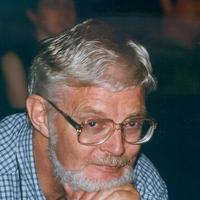It is with great sadness that I learned about the passing on February 25 of Jan Hoem, Professor Emeritus of Demometry at Stockholm University and Director Emeritus of the Max Planck Institute for Demographic Research, Rostock.
Although Jan trained in actuarial science and mathematical statistics, he turned to demography early in his career. At the age of 30, he published an article on Markov chain models , now widely accepted as one of the most significant papers in modern actuarial science. That paper and subsequent ones became landmarks in demographic research, changing the way in which we demographers think, conduct research, and model demographic processes. Jan provided us with the robust tools for modelling multi-state transitions, importantly taking the duration in any state since arrival into account. This approach has now become common in the study of demographic processes so it is quite fitting indeed to regard Jan as a pioneer of modern demography.
I first met Jan at the University of Copenhagen in the late 1970s. Having completed my mathematics degree and applied statistics masters degree at Oxford, I moved to the London School of Hygiene and Tropical Medicine to do my doctoral research under the supervision of another of the greats of demography, Professor Bill Brass, and when I went to Copenhagen to collect data for my own modelling work, Brass suggested I get in touch with Jan. As it turned out, I transferred my doctoral work to Copenhagen and worked with both Jan, who was Professor of Actuarial Mathematics, and Poul Christian Matthiessen, Professor of Demography, as my supervisors. And it was into his world of multi-state modelling that Jan guided me, with Poul Christian providing the grounding in classic demography.
Jan was truly a dedicated and inspiring teacher and supporter of young demographers – as I was then – and it is thanks to his committed guidance and encouragement that I continued in academia and in some small way have tried to emulate his own belief that the best investment in the advancement of the scientific study of population issues lies in the training and promotion of future generations interested in this important and exciting field.








.svg_square_xs.jpg)



